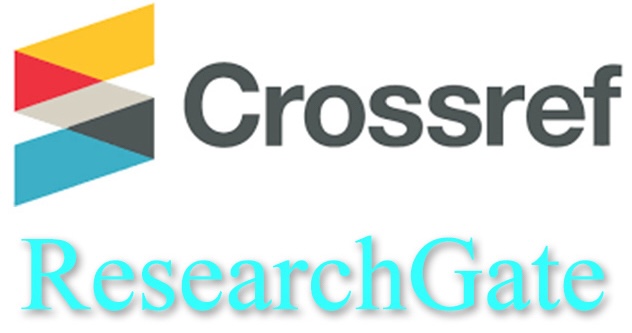Conflict of Interest Policy
Declaration of Conflicting Interests
Journal of Teaching & Research is committed to transparency and ensuring that all competing interests are disclosed in published manuscripts. Authors must declare any potential conflicts of interest that could influence or be perceived to influence their submission. This declaration must be included during manuscript submission and recorded in the published article when applicable.
Definition of Conflict of Interest
A conflict of interest arises when authors have relationships, allegiances, or financial ties that may excessively influence their judgments, research findings, or conclusions. This issue is particularly critical when such interests are private and may lead to personal or financial gain.
Examples of Potential Conflicts of Interest
Conflicts of interest may include but are not limited to:
- Receiving consulting fees, honoraria, or payments from a related company or organization.
- Research funding received from commercial entities.
- Employment, stock ownership, or financial stakes in an organization that might be affected by the research.
- Receiving travel funds, reimbursements, or sponsorships for attending a related symposium or event.
- Any personal, professional, or financial relationship that may bias the study or influence peer perception.
Any additional competing interests that a reasonable reader might perceive as affecting the research must be disclosed before manuscript acceptance for publication.
Editorial and Peer Review Disclosure
Manuscripts are evaluated fairly, regardless of declared competing interests, unless the conflict significantly affects the integrity of the research.
The editorial team does not require full financial disclosure but expects a general declaration of relevant competing interests.
Editors, guest editors, and peer reviewers must also declare any potential conflicts of interest if applicable.
Author Responsibilities
Authors must certify in the Author Agreement Form that:
- All financial support is appropriately acknowledged in the manuscript.
- Any commercial or financial involvement related to the manuscript is disclosed.
- Potential conflicts of interest are discussed with the Editor-in-Chief, who will determine if disclosure in the manuscript is necessary.
- Authors have not signed any agreements with sponsors restricting their ability to publish both positive and negative results, or requiring sponsor approval before publication.
- Authors have reviewed the Manuscript Submission Guidelines and comply with the journal's conflict of interest policies.
Conflict of Interest Statement in Manuscripts
A Declaration of Conflicting Interests section must be included at the end of the manuscript, following acknowledgments and before the Funding Acknowledgment, Notes (if relevant), and References. If no conflict of interest exists, authors must explicitly state: “The author(s) declare(s) no potential conflicts of interest.”







